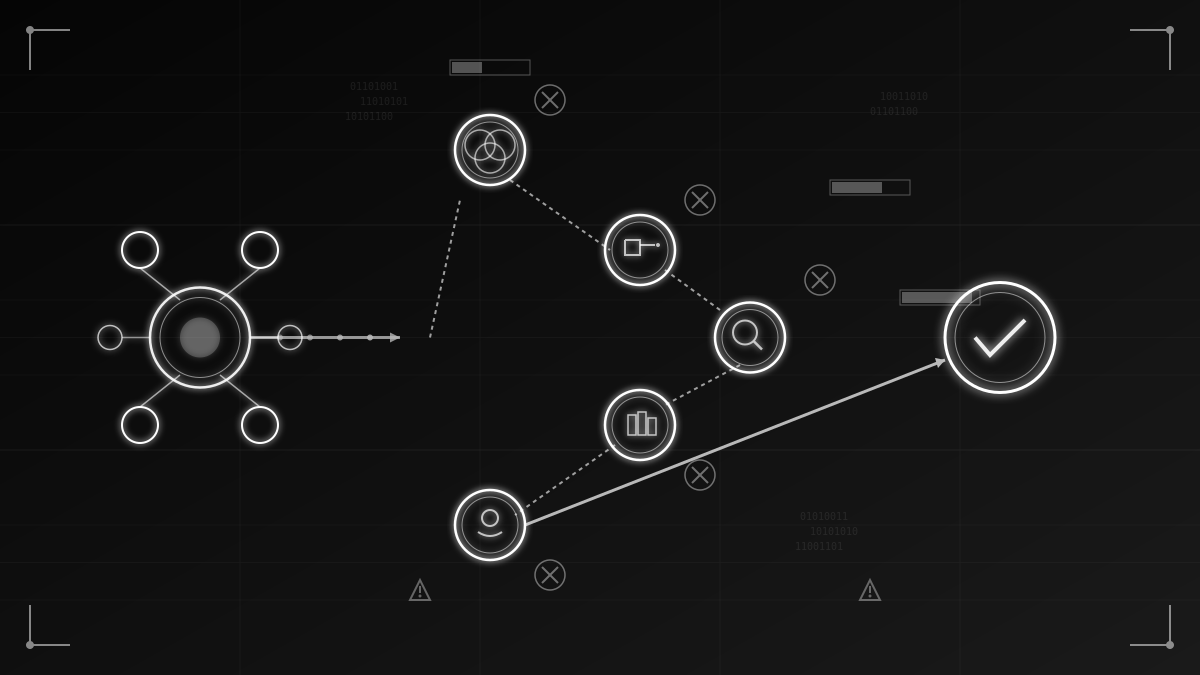As AI language models become increasingly sophisticated and integrated into our daily workflows, the ability to critically evaluate their output has become a crucial skill. While these tools can be incredibly helpful, they’re not infallible and can produce errors, outdated information, or even fabricated content. Here are five essential strategies to help you verify and validate AI-generated responses.
1. Cross-reference with authoritative sources
Never rely solely on AI output for important decisions or factual claims. Always check key information against reputable, primary sources. For scientific claims, consult peer-reviewed journals or official research institutions. For news and current events, verify against established news organizations or government sources. For technical information, reference official documentation or expert publications in the relevant field.
2. Look for specific details and citations
High-quality information typically includes specific details, dates, names, and ideally, citations to original sources. Be particularly skeptical of vague or general statements without supporting evidence. When an AI provides statistics, quotes, or specific claims, independently verify these details. If the AI cannot provide sources for its claims, treat the information as potentially unreliable.
3. Check for internal consistency
Review the AI’s response for logical consistency and coherence. Does the information align throughout the response? Are there any contradictions or statements that don’t logically follow from previous points? AI models can sometimes generate content that sounds plausible but contains subtle inconsistencies that reveal errors in reasoning or knowledge gaps.
4. Consider the recency and context
AI models are trained on data up to a certain point in time, meaning they may lack information about recent developments. For time-sensitive topics, current events, or rapidly evolving fields, always verify that the information is up-to-date. Additionally, consider whether the AI might be missing important context that could affect the accuracy or relevance of its response.
5. Apply domain expertise and common sense
If you have knowledge in the relevant field, apply your expertise to evaluate the AI’s response. Does it align with your understanding? Are there any red flags or claims that seem implausible? Even without deep expertise, basic common sense and critical thinking can help identify potentially problematic content. Trust your instincts if something seems off, and investigate further.
Bottom line
AI language models are powerful tools that can enhance productivity and provide valuable insights, but they should be used as starting points rather than final authorities. By implementing these verification strategies, you can harness the benefits of AI while maintaining the critical thinking skills necessary to navigate an increasingly complex information landscape. Remember, the goal isn’t to distrust AI entirely, but to use it responsibly and effectively.

Hi, I’m Owen! I am your friendly Aussie for everything related to web development and artificial intelligence.
